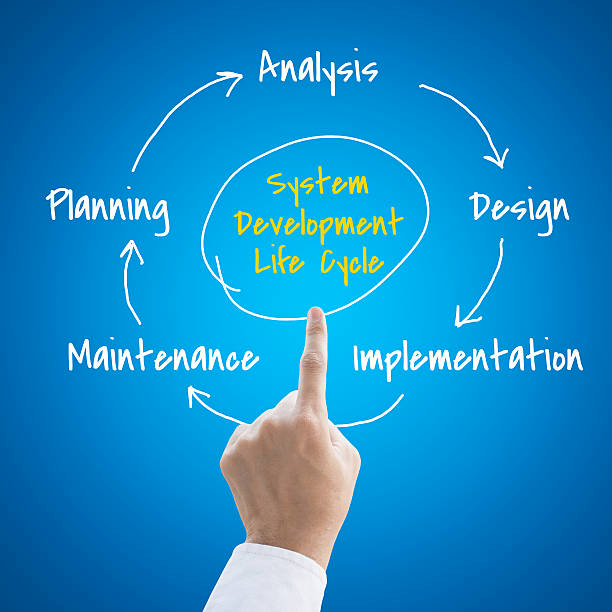Software Development Life Cycle (SDLC)
-
-
- Importance of Laboratory Information Systems (LIS) Laare essential for managing laboratory data, automating processes, and improving decision-making. These systems use software engineering principles to meet user demands and enhance laboratory efficiency.
-
(SDLC)

- 1. Understanding Requirements:
- Stakeholder Interviews: Engage with
stakeholders to gather their needs and
expectations. DocumentAnalysis: Review
existing documentation to understand
the current state and requirements.
-
- 2. Gathering Information:
- Surveys and Questionnaires: Collect data
from a larger audience to understand their
needs. Market Research: Analyze market
trends and competitor offerings.
Observation: Observe current processes
and workflows to identify areas for
improvement.
-
-
- 3. Defining Project Goals:
- SMART Goals: Ensure goals are Specific,
Measurable, Achievable, Relevant, and Time-
bound. Project Charter: Create a project
charter that outlines the project's
objectives, scope, and stakeholders.
Milestones and Deliverables: Define
key milestones.
-
4. Code Development
Coding involves translating design
specifications into actual source code.
This process includes writing, testing,
and debugging code to ensure it
functions as intended.
5. Unit Tests:
Write test cases for each function or
method. Ensure tests cover both
typical and edge cases. Verify the
functionality of individual components
or functions. Debugging Identifying
and fixing issues or defects in the
software. Automate the tests to run
with each build.
6. Documentation:
Creating user manuals, system
documentation, and other support
documents. Implementation:
Deploying the system into a live
environment for use.
7. Implementation:
Deploying the System into a Live
Environment. Create a deployment
that includes timelines, resources,
and risk management strategies.
Conduct thorough testing in a
staging environment. Before
deployment, fully back up the
current live environment to
ensure you can roll back if needed.
8. Post-implementation support:
Providing ongoing support maintenance, updates, and troubleshooting ensures the system continues to operate efficiently.
This includes updating the system to meet
new requirements, and providing ongoing training to users.

Importance of Laboratory Information Systems (LIS) are essential for managing laboratory data, automating processes, and improving decision-making. These systems are designed using software engineering principles to meet user demands and enhance laboratory efficiency.
Emeacrging Trends
Decision Support (CDS) systems into laboratory advancements include the integration of Clinical workflows. These systems use digital tools to assist in decision-making, further establishing laboratories as critical hubs for clinical decisions
This experience demonstrates a strong foundation in both the technical and operational aspects of clinical laboratory systems, ensuring they meet the needs of modern healthcare environments.
Labins Consulting Service
Copyright® 2023 All Rights Reserved

